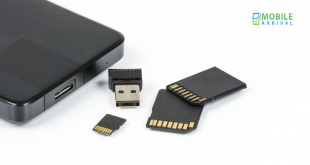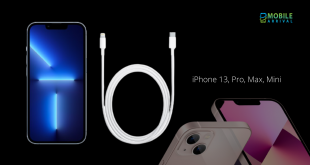Clear The DNS Resolver Cache data and Chrome Web Browser’s Flush Socket Pools can be necessary if you face DNS issues in browsers.
People might have to clear the DNS host resolve cache in Chrome Browser occasionally.
It’s usually beneficial if you have problems with connectivity to specific internet sites or webpages.
People can flush the socket pools as well, however, and this is usually not required.
Contents
Easy way to clear the Chrome DNS Resolver web Cache Data and Flush Socket Pools:
In contrast to troubleshooting connectivity issues, these activities are often obtained for safety purposes.
Google chrome’s inner web page captures activities as the application is operating.
And, then it shows the information in real People can watch different events, timelines, Chrome DNS solve caches, flush socket pools, and far more.
I’ll focus on both the Chrome DNS cache data and the Flush socket pools in this blog post.
Clearing Google chrome Host Resolver Cache
Visit the chrome:/net-internals/#dns URL in your Chrome tab.
Here you’re going to access your DNS cache.
There is space for 1000 entries by design.
One can find this in the infographic below of Capacity.
You’ll find the status of the entries.
Again, you will see out of the 1000 entries mentioned on this webpage.
And, 3 active entries, 0 network changes, and 997 expired entries are seen in the snapshot below.
To clear Host Resolver Cache; Click Clear Host Cache.
Clearing Flush the Socket Pools
To clear flush your socket pools, you have to visit chrome:/net-internals/#sockets and now, select Flush socket pools.
If you are still on the DNS webpage, just select the Sockets mostly in the left-hand side column.
Generally, people wouldn’t have to think about flushing the socket pools.
In reality, if users do not even completely know whatever the sockets are or how they operate.
And, you can leave the chrome socket pools untouched.
Because clearing flush the pools could destroy any of one‟s pages that include functional connections.
If users are knowledgeable with sockets, they might need to utilize this function in some cases.
And, Select View live sockets, and then, click an SSL socket to show additional detail more about connection, also including:
- SSL certificate info
- SSL handshake message
- Origin and endpoint IP addresses, such as port number
- Algorithm hash
- Type of TLS
- Including several many other details
Mostly on the right-hand side of the Chrome pane, the captured data will be shown.
It is the exact kind of information that is shown by every packet sniffer web network monitor, Wireshark, etc.
Again, it is valuable to network control administrators, digital forensic analysts, and programmers.
If you’ve changed the details on an SSL certificate or rekeyed a credential.
And you’re experiencing difficulties linking to a site that requires that certificate.
You may want to check the socket connections and, if possible, the Flush socket pools.
And, links to the socket will be restored and will enable users to log in to the Website with an upgraded license.
Since socket connections are created and disabled by google chrome as needed.
Now, you can notice a ton of action on the active sockets webpage.
Like, I said previously, these activities can be beneficial when you’re troubleshooting network accessibility issues.
For much of the period you just have to resolve the chrome DNS solve cache,
Then there are zero requirements to flush the socket pools.
Conclusion:
We are confident that if you follow the above steps to clear the DNS resolver web cache and flush socket pools in the chrome web browser your issues will be solved easily.
At the last, if you still facing any kind of issue to solve the DNS resolver web cache and also flush socket pools write your problem in the comment section.
 Mobile Arrival Smartphones and gadget reviews, news and more.
Mobile Arrival Smartphones and gadget reviews, news and more.






